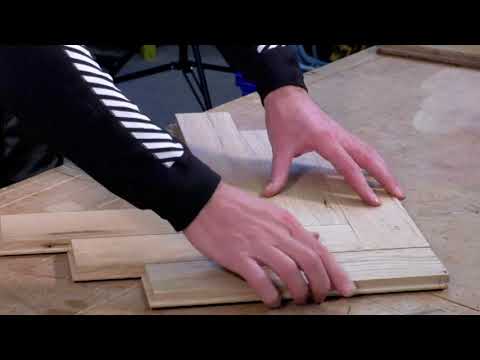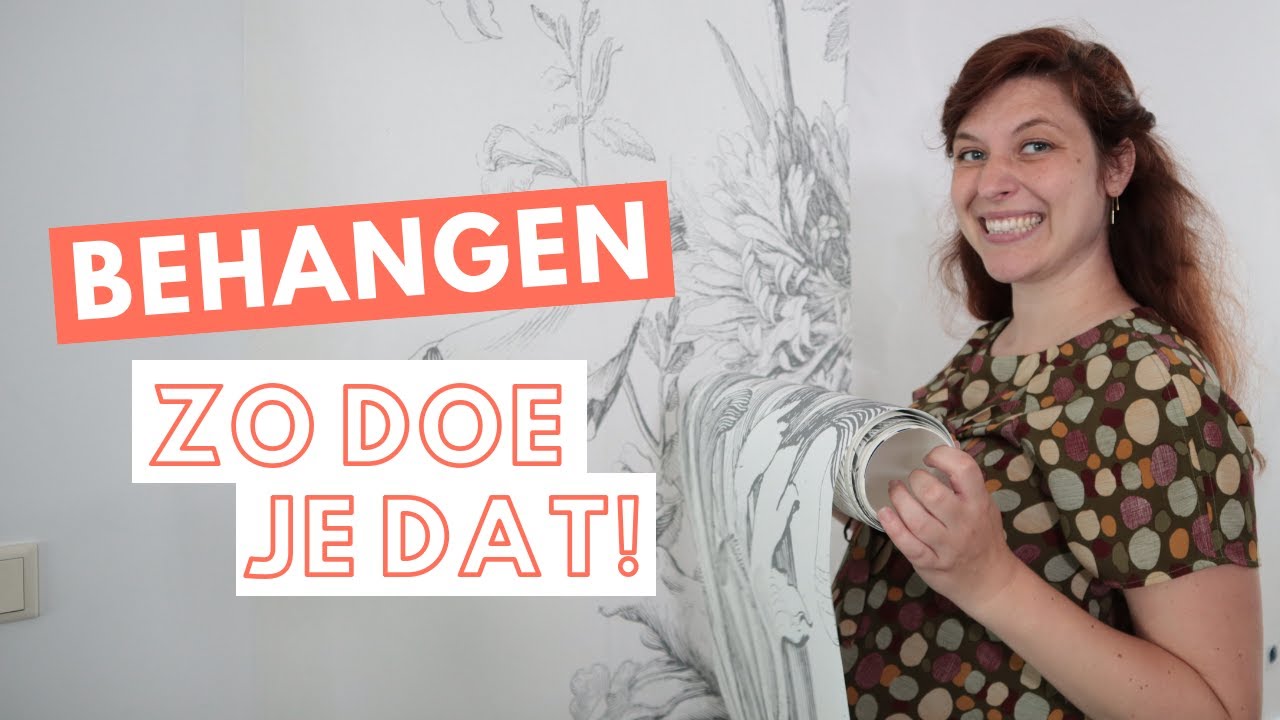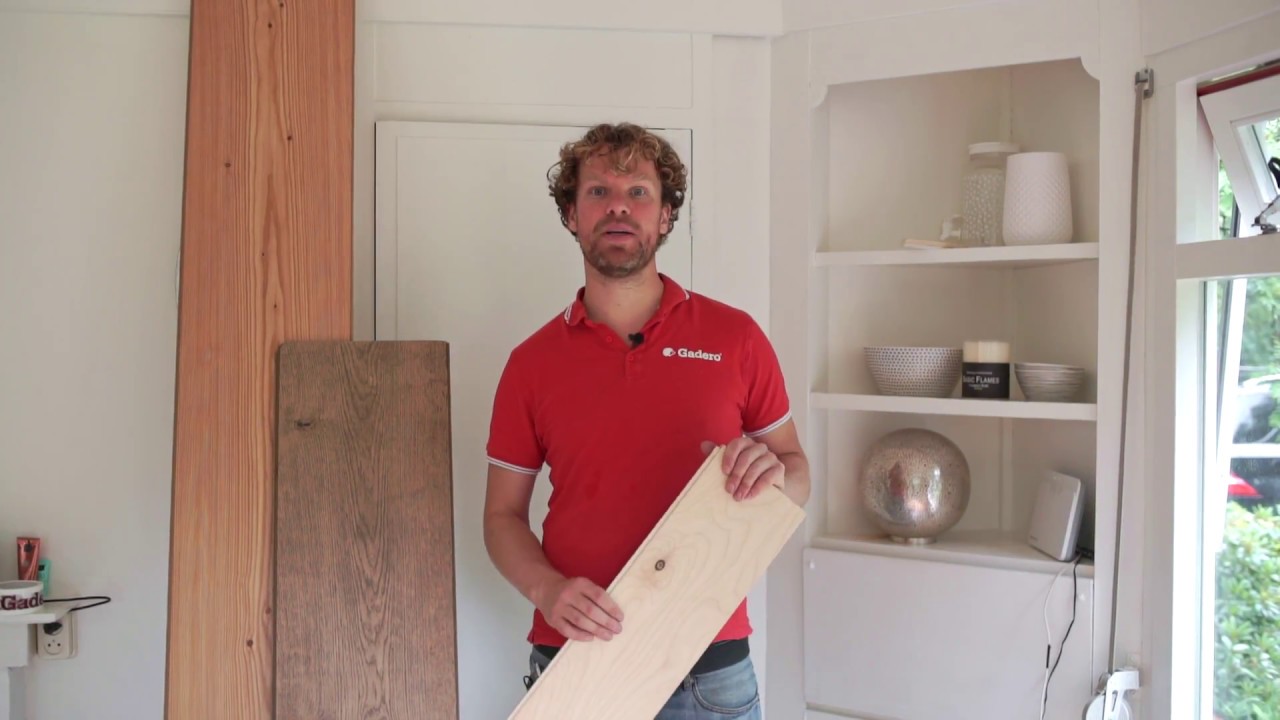lamelparket
What is Parquet Wood Flooring and How to Install it in a Herringbone Pattern
Parquet wood flooring is a timeless and sophisticated choice for any home. It adds warmth, character, and a touch of luxury to any space. With its intricate patterns and rich textures, parquet flooring can transform a room into a stunning showcase of craftsmanship. One popular installation technique for parquet flooring is the herringbone pattern, which creates a visually striking and unique look. In this article, we will explore what parquet wood flooring is and guide you through the process of installing it in a herringbone pattern.
Table of Contents
- Introduction
- What is Parquet Wood Flooring?
- Benefits of Parquet Wood Flooring
- Choosing the Right Wood Species
- Preparing the Subfloor
- Installing Parquet Wood Flooring in a Herringbone Pattern
- Finishing and Maintaining Parquet Wood Flooring
- Questions and Answers
- Conclusion
What is Parquet Wood Flooring?
Parquet wood flooring is a type of hardwood flooring that is made up of small pieces of wood arranged in geometric patterns. These patterns can vary, but the most common styles include herringbone, chevron, basket weave, and brick bond. Parquet flooring can be made from a variety of wood species, including oak, walnut, maple, and cherry, each offering its own unique grain pattern and color.
Parquet flooring is typically constructed using two main types of wood: solid wood and engineered wood. Solid wood parquet is made from a single piece of hardwood, providing a durable and long-lasting flooring option. Engineered wood parquet, also known as lamelparket, is made up of a thin layer of hardwood veneer on top of a plywood or high-density fiberboard (HDF) core. This construction technique enhances stability and reduces the risk of warping or cupping.
Parquet wood flooring can be installed in both residential and commercial settings, adding a touch of elegance and sophistication to any space. It is commonly used in living rooms, dining rooms, hallways, and entryways, but can also be found in offices, hotels, and retail stores.
Benefits of Parquet Wood Flooring
Parquet wood flooring offers several benefits that make it a popular choice among homeowners and designers:
1. Timeless Beauty
Parquet flooring has been used for centuries and continues to be a symbol of luxury and refinement. Its intricate patterns and rich colors create a timeless and elegant look that never goes out of style.
2. Versatility
Parquet wood flooring is available in a wide range of patterns, colors, and wood species, allowing you to choose the perfect style to complement your interior design. Whether you prefer a classic herringbone pattern or a contemporary chevron design, parquet flooring offers endless possibilities.
3. Durability
Both solid wood and engineered wood parquet flooring are highly durable and resistant to wear and tear. With proper maintenance, parquet flooring can last for decades, making it a smart long-term investment.
4. Easy Maintenance
Parquet wood flooring is relatively easy to clean and maintain. Regular sweeping or vacuuming, along with occasional damp mopping, is usually sufficient to keep the floor looking its best. Additionally, engineered wood parquet is less prone to scratches and dents compared to solid wood, making it a great choice for high-traffic areas.
5. Improved Indoor Air Quality
Parquet wood flooring is a natural product that does not trap dust, allergens, or other pollutants. This makes it an excellent choice for individuals with allergies or respiratory sensitivities, as it helps maintain a healthier indoor environment.
Choosing the Right Wood Species
When selecting parquet wood flooring, it is important to consider the wood species that best suits your needs and design preferences. Here are some popular options:
1. Oak
Oak is one of the most common wood species used in parquet flooring. It is known for its durability, distinctive grain patterns, and warm tones. Oak parquet flooring can complement both traditional and contemporary interiors.
2. Walnut
Walnut is prized for its rich, dark color and beautiful grain patterns. It adds a touch of elegance and sophistication to any space and works well in both modern and traditional settings.
3. Maple
Maple is a light-colored wood species that offers a clean and contemporary look. It is known for its durability and resistance to wear, making it a popular choice for high-traffic areas.
4. Cherry
Cherry wood features warm reddish-brown hues and a smooth, even grain. It adds a touch of luxury and warmth to any room, making it a popular choice for formal living spaces.
Other wood species, such as birch, ash, and mahogany, are also available and offer their own unique characteristics. Consider the overall style of your space and the desired visual impact when selecting the right wood species for your parquet flooring.
Preparing the Subfloor
Before installing parquet wood flooring, it is crucial to properly prepare the subfloor to ensure a successful installation. Here are the steps to follow:
1. Clean and Level the Subfloor
Remove any existing flooring, carpet, or debris from the subfloor. Ensure that the subfloor is clean, dry, and level. Use a leveling compound to correct any uneven areas or imperfections.
2. Moisture Barrier
Install a moisture barrier, such as a plastic sheet or waterproof underlayment, to protect the parquet flooring from moisture. This is particularly important for installations on concrete subfloors.
3. Acclimate the Flooring
Allow the parquet wood flooring to acclimate to the room’s temperature and humidity for at least 48 hours. This helps prevent any potential expansion or contraction of the wood after installation.
Installing Parquet Wood Flooring in a Herringbone Pattern
The herringbone pattern is a popular choice for parquet wood flooring due to its timeless appeal and visual impact. Here is a step-by-step guide on how to install parquet flooring in a herringbone pattern:
1. Measure and Plan
Measure the room and determine the layout of the herringbone pattern. Start by establishing a centerline and marking it on the subfloor. This will serve as a reference point for the installation.
2. Prepare the First Row
Begin by laying out the first row of parquet flooring along the centerline. Apply adhesive to the back of each piece and press it firmly onto the subfloor. Use a mallet and a tapping block to ensure a tight fit.
3. Angled Cuts
To create the herringbone pattern, you will need to make angled cuts on the ends of the flooring pieces. Use a miter saw or a table saw to make precise cuts at a 45-degree angle.
4. Install the Second Row
Once the first row is in place, install the second row following the same pattern. Apply adhesive to the back of each piece, making sure to align the angled ends with the previous row. Use a tapping block to secure the pieces in place.
5. Continue the Installation
Continue installing the parquet flooring row by row, alternating the direction of the angled cuts to create the herringbone pattern. Use spacers between the pieces to maintain consistent spacing and ensure a professional finish.
6. Fill in the Gaps
After completing the installation, check for any gaps between the flooring pieces. Use a wood filler or a matching wood putty to fill in any small gaps or imperfections. Sand the filled areas to achieve a smooth surface.
7. Finishing Touches
Once the parquet wood flooring is installed, allow it to fully cure according to the manufacturer’s instructions. Apply a protective finish, such as polyurethane or wax, to enhance the durability and beauty of the floor. Follow the specific application guidelines for the chosen finish.
Finishing and Maintaining Parquet Wood Flooring
Proper finishing and maintenance are essential for keeping your parquet wood flooring looking its best. Here are some tips to follow:
1. Regular Cleaning
Sweep or vacuum the floor regularly to remove dirt and debris. Avoid using abrasive cleaners or excessive water, as they can damage the finish. Use a damp mop with a mild wood floor cleaner for more thorough cleaning.
2. Avoid Excess Moisture
Parquet wood flooring is susceptible to water damage, so it is important to clean up spills promptly and avoid excessive moisture in the room. Use mats or rugs in high-traffic areas and near entryways to protect the floor from moisture and dirt.
3. Prevent Scratches
Place felt pads or furniture glides under heavy furniture to prevent scratches and dents on the floor. Avoid dragging or sliding furniture across the floor, as it can cause damage to the wood surface.
4. Refinishing
Over time, the protective finish on parquet wood flooring may wear off. If the floor starts to look dull or shows signs of wear, it may need to be refinished. Consult a professional flooring contractor for the best refinishing options.
Questions and Answers
1. Can parquet wood flooring be installed over existing flooring?
Yes, in most cases, parquet wood flooring can be installed over existing flooring, such as hardwood, laminate, or vinyl. However, it is important to ensure that the existing flooring is in good condition, level, and free from moisture or damage. Consult with a flooring professional to assess the suitability of the existing flooring for installation.
2. How long does it take to install parquet wood flooring in a herringbone pattern?
The time required to install parquet wood flooring in a herringbone pattern can vary depending on the size of the room, the complexity of the pattern, and the experience of the installer. On average, it can take several days to complete the installation, including the preparation of the subfloor, acclimation of the flooring, and the actual installation process.
3. Can parquet wood flooring be installed in bathrooms or kitchens?
While parquet wood flooring can add a touch of elegance to bathrooms and kitchens, it is not recommended for areas with high moisture levels or frequent exposure to water. Extended exposure to moisture can cause the wood to warp, swell, or cup. It is best to choose a more suitable flooring option, such as ceramic tiles or luxury vinyl, for these areas.
4. Is professional installation necessary for parquet wood flooring?
While it is possible to install parquet wood flooring as a DIY project, professional installation is highly recommended, especially for complex patterns like herringbone. Professional installers have the necessary expertise, tools, and experience to ensure a flawless and long-lasting installation. They can also provide valuable advice on choosing the right wood species, preparing the subfloor, and maintaining the floor.
Conclusion
Parquet wood flooring is a stunning choice for any home or commercial space. Its timeless beauty, durability, and versatility make it a popular option among homeowners and designers. By following the proper installation techniques, such as the herringbone pattern, you can transform your space into a showcase of craftsmanship. Remember to choose the right wood species, prepare the subfloor meticulously, and follow the manufacturer’s guidelines for finishing and maintenance. With proper care, your parquet wood flooring will continue to impress for years to come.
This video shows you how to lay a herringbone pattern parquet floor, Herringbone is by far the most popular pattern in parquet …





